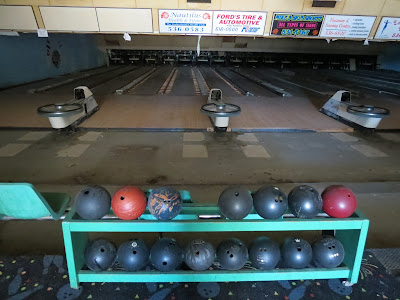More than 50 years ago, SC State and Claflin students, the same ages as my current students, were attempting to integrate the All-Star Lanes on Russell Street, located just blocks from campus.
By the owner, then later police, the students were turned back and some were roughed up by the cops. Only Whites could bowl here and the growing Civil Rights movement was striving to break down such long-standing racial barriers.
For three days tensions rose, culminating on the night of Feb. 8, 1968 with state highway patrolmen, who had been sent to town by the governor, opening fire on a few hundred people, mostly students, who gathered around bonfires on the SC State campus.
The burst of bullets from law enforcement took the lives of three young Black men. Twenty-eight others in the crowd were wounded.
Killed were Henry Smith, Delano Middleton and Samuel Hammond Jr. Smith and Hammond were SC State students. Middleton was a local high school student who was in the vicinity waiting for his mother to get off work.
All of this violence from an effort by Blacks to bowl. This was a tragedy that did not get the national media attention it deserved, certainly not the coverage received in 1970 after police shot and killed four young people and wounded nine others at Ohio’s Kent State University during a Vietnam War protest.
SC State has on campus a prominent Orangeburg Massacre memorial and the school’s field house is named in honor of the three slain men. The school, in fact, is adding to its memorials. Click here for the details.
And SC State has long had its own bowling alley on campus because of what happened in 1968.
The bowling alley has been closed since 2007. It did change its policy after the massacre and Blacks were allowed to bowl. Other than being designated a National Register of Historic Places in 1996, this historic symbol of the Civil Rights fight has had little recognition...and much decay and negligence.
But that is changing!
Ellen Zisholtz, who is in the photos at the top of this post with me and my students, now owns the old All-Star Lanes, some adjacent property, and part of the parking lot. She is leading an ambitious effort to restore the early 1960s building to a working bowling alley and a Civil Rights museum.
She recently was able to get the project going by securing a $500,000 grant from the U.S. Park Service.
Zisholtz moved to Orangeburg in 2005 to manage SC State’s Stanback Museum and Planetarium. She also taught courses in the school’s Fine Arts Department.
Zisholtz says she has long had an interest in the bowling alley whether to make it a part of SC State or to do something with her organization that today has a board filled with movers and shakers.
An anonymous donation helped her acquire the All-Star Lanes. When we visited on Nov. 9 an inspector, Robbie Robertson, (in the photo above) was checking the building for potential problems with asbestos, mold, bug and rodent problems, and other issues.
This is a vital step before the next steps can happen, such as fixing or replacing the leaky roof.
"I don't think real healing can happen until there's truth and reconciliation over what happened at the bowling alley," Zisholtz said.
Anyone interested in helping this excellent cause can make a donation. See the donation information here on the Center for Creative Partnerships website.
Ellen Zisholtz can be contacted through her organization's website.
Let's spare no expense and make this noble project a strike!















No comments:
Post a Comment